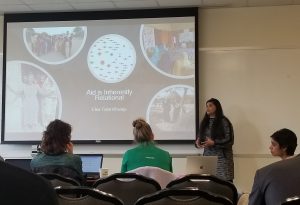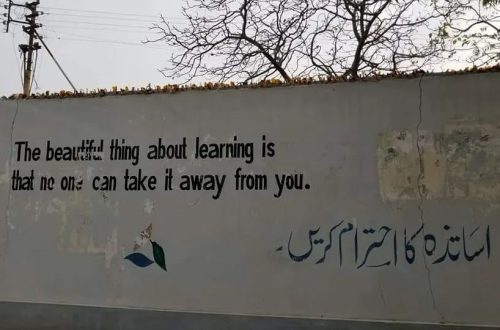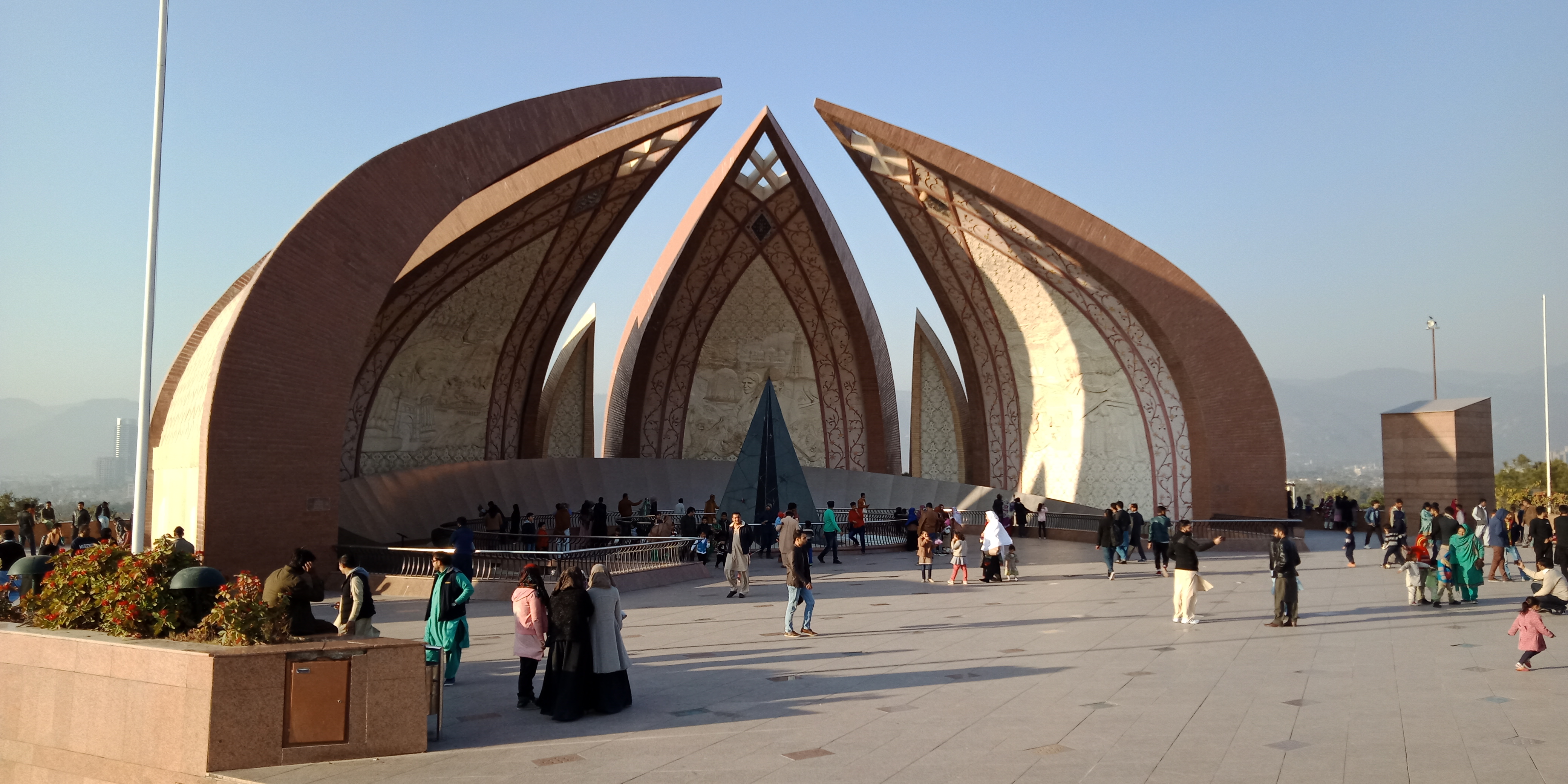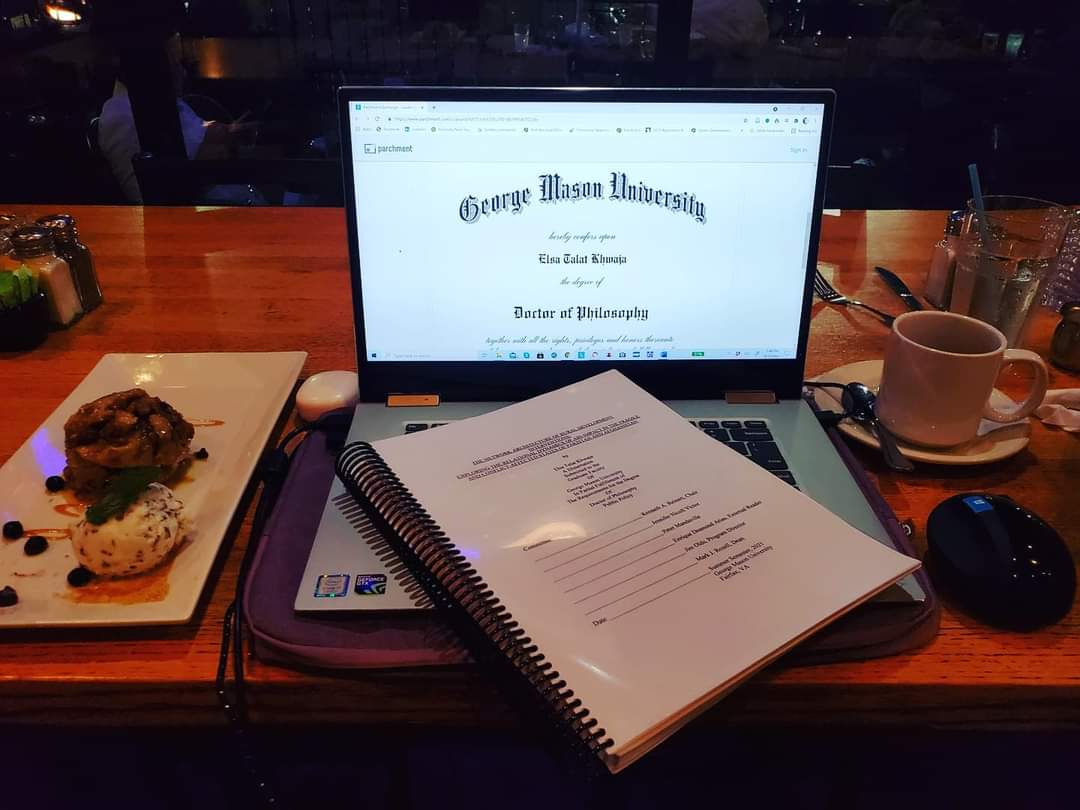Today, February 28th, 2020, George Mason University held their preliminary rounds for their annual Three-Minute Thesis Competition.
I participated in this competition.
You can learn more about the 3MT here: https://threeminutethesis.uq.edu.au/about .
For a 3MT presentation, we are allowed one slide while we present our research within 3 minutes. I have provided that slide above.
I truly enjoyed the experience, and highly recommend students to try this competition. It helps to not only refine your key insights, but also remind you of the big picture behind your research.
Since I wrote out my presentation, I would like to share it here. I added the “+2” to the 3 minute presentation, as I’m providing a little more content for explanatory purposes that I ultimately removed for the final presentation. However it still shares the broad and general idea of my research and some highlights from the larger research design for my dissertation, which is tentatively entitled: “The Network Architecture of Development Interventions: Exploring the Relational Dynamics of Aid-Impact in Fragile and Conflict-Affected States – The Case of Pakistan and Afghanistan.” My goal today was just to offer what has inspired and moved me in the research and convey a powerful message that can potentially be shared in my future contributions to this scholarship.
My 2020 3MT Presentation (+2):
“Awaaz Diya Hai.”
“They gave us a voice….
We have to do it ourselves. But we will follow the path they showed us, and “inshallah” (Godwilling) we will achieve success.”
Those were the words of Sher Bano, the General Secretary of the Local Support Organization – called “Roshni,” in Khairpur, Sindh, Pakistan.
Exactly one year ago from today, I was sitting with them in one of their monthly meetings, in Village Gogi Magnejo, as they reported their community activities through (the People’s Poverty Reduction Program with) the Sindh Rural Support Organization…. The only Rural Support Program in Pakistan that is 100% women-led, women-organized.
But my research was not about the empowerment of rural women.
How did I land in Khairpur, Sindh, a place that not many think to visit in Pakistan? (A place I never knew existed in my parent’s home country?)
The women of “Roshni” were among the 170+ voices I listened to during my dissertation fieldwork on my quest to understand “the good, bad, and ugly” of the ongoing aid-effectiveness dilemma in Pakistan and Afghanistan.
International agencies are pouring billions of dollars on aid programs for poverty alleviation, largely through project-based initiatives.
In the case of Pakistan and Afghanistan, (two often misunderstood countries, with a shared socio-economic prosperity), conventional aid-programs have been top-down, (conditional), and highly politicized. Strategies, models and frameworks have evolved. But the improvement of community livelihoods, the level of local ownership, and sustainability, still remains in question.
I examine the conditions in which the networks of rural development programs thrive in vulnerable (and conflict) areas, comparing multiple programs, across two distinct provinces in Pakistan (Khyber Pakhtunkhwa and Sindh)…. and cross-nationally with Afghanistan.
I dove into this research, understanding that if aid is inherently relational, I shouldn’t just review a multitude of documents from World Bank and USAID programs, to create the cool graphs depicting actors and ties, which demonstrate core-peripheral, hierarchical structures….
… But I must also talk to the people.
So the journey of qualitative fieldwork snowballed into speaking with a wide variety of stakeholders in rural development policy…. from experts, politicians, elites, to aid workers and community leaders in villages….
And I found that the story is much more enriching when you put a face to those “dots” in the periphery…
And that the answers to the question of ownership, success, and sustainability is not simple. This is a highly complex, layered, social phenomenon, varied by multiple interrelated conditions.
It differs depending on who you talk to: the individual, their positioning in the network, their organization, the program and their local context.
Bureaucracy issues (within government and aid agencies), security protocols and ACCESS create additional challenges (and varies across provinces).
But the programs that mobilize and empower communities, BOTTOM-UP, (at the lowest household level), and harness self-help initiatives are more likely to sustain in the long term.
With layers of trust-building challenges, international organizations should identify the bridging players and work through the most TRUSTED organizations, that can resemble models for “social mobilization”, like that employed through Pakistan’s Rural Support Programs.
…
I expected to hear ‘failure’. It would confirm my hypotheses about how lack of trust, security issues, corruption, diversity, centralized (bureaucratic) processes are conditions that erode the progress and impact from development policy networks.
…And I did hear it.
But I also heard “SUCCESS.” The empowerment of rural women and communities is one critical sign of progress (emerging from community-based programs in Pakistan and Afghanistan).
Talking to people revealed the constraints and opportunities.
And there may be many surprises beyond the mountain of literature indicating “failure,” in these two countries.
A lot is changing in the “Aid-industry,” gradually. Donors and International organizations should continue to look into these spaces and initiatives, coordinate with the most TRUSTED local organizations as potential bridging players, and be as flexible as possible to the changing local dynamics.
I remain overwhelmed with what more can be discovered in this large data corpus, and beyond.
Because these stories matter. They humble us, and as we listen, we develop the trust and build relationships.
I look forward to returning to Village Hoti Noti, (beneficiaries of the SRSO Peoples Poverty Reduction Program) in Khairpur Sindh, to enjoy a delicious cup of chai promised to me by this endearing woman (image shown on the bottom left of the slide), and to hear more stories about how (and why) rural communities are thriving through organic, self-help initiatives.
As one RSP informant suggested….
“Seeing is believing. You must go and see it for yourself.”

With many thanks to my School, George Mason University, for the opportunity to share a piece of my research in today’s competition.
More specific acknowledgements for my fieldwork will be forthcoming, (the list is massive), but very special thanks to the Sindh Rural Support Organization teams, with the references shared in this particular 3MT Presentation.



